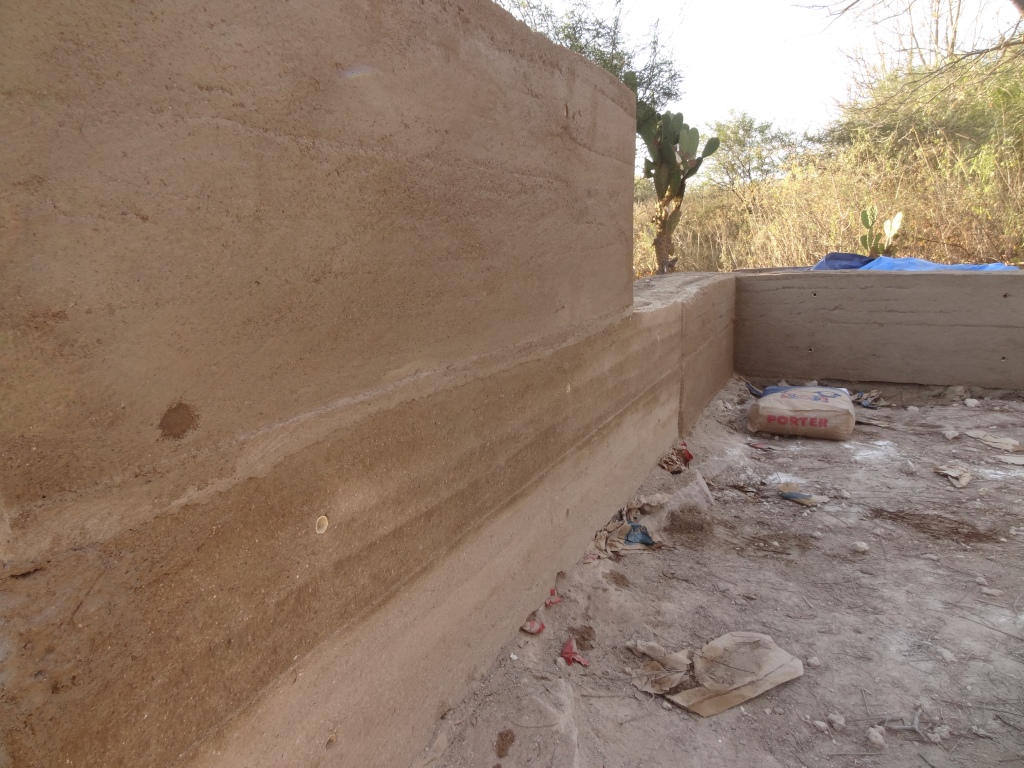Rammed earth construction, also known as pisé or tapial, is an ancient building technique that has gained popularity in recent years due to its sustainability and durability. This method involves compacting a mixture of soil, gravel, sand, and a small amount of cement into sturdy forms to create solid walls. Rammed earth structures can be found all over the world, from ancient Chinese fortresses to modern eco-friendly homes. In this article, we will explore the benefits of rammed earth construction and how it can be implemented in rural living and homesteading.
One of the primary advantages of rammed earth construction is its environmental friendliness. The materials used are primarily natural resources found on-site or locally sourced. By using soil from the surrounding area for construction, there is minimal transportation required for importing building materials. Additionally, rammed earth structures have excellent thermal mass properties which help regulate temperature inside the buildings naturally. This means less reliance on heating and cooling systems, leading to reduced energy consumption.
Another benefit of rammed earth construction is its remarkable longevity. Ancient rammed earth buildings that date back thousands of years continue to stand strong today. The compression process creates walls that are incredibly durable and resistant to fire, pests, and decay. With proper maintenance, these structures have the potential to last for generations.
Rammed earth also provides excellent insulation properties due to its high thermal mass. During hot summer days or cold winter nights, the thick walls absorb heat during the day and release it at night when temperatures drop; this helps maintain a comfortable indoor environment without excessive use of air conditioning or heating systems.
In addition to being sustainable and long-lasting, rammed earth construction offers aesthetic appeal as well. The natural colors and textures created by different types of soils give each structure a unique look that blends harmoniously with its surroundings. Rammed earth buildings often exude warmth and provide a sense of connection with nature.
Implementing rammed earth construction in rural living and homesteading can be a rewarding experience. It allows individuals to build their homes with minimal impact on the environment while also benefiting from lower energy bills and increased resilience against natural disasters. Furthermore, rammed earth structures require less maintenance than conventional buildings, freeing up time and resources for other aspects of rural living.
In conclusion, rammed earth construction is an ancient building technique that offers numerous advantages for those seeking sustainable and durable housing solutions. With its low environmental impact, long lifespan, excellent insulation properties, and unique aesthetic appeal, it’s no wonder why this method has gained popularity among eco-conscious individuals. By incorporating rammed earth construction into rural living and homesteading practices, homeowners can create comfortable dwellings that stand the test of time while minimizing their ecological footprint.


Leave a comment